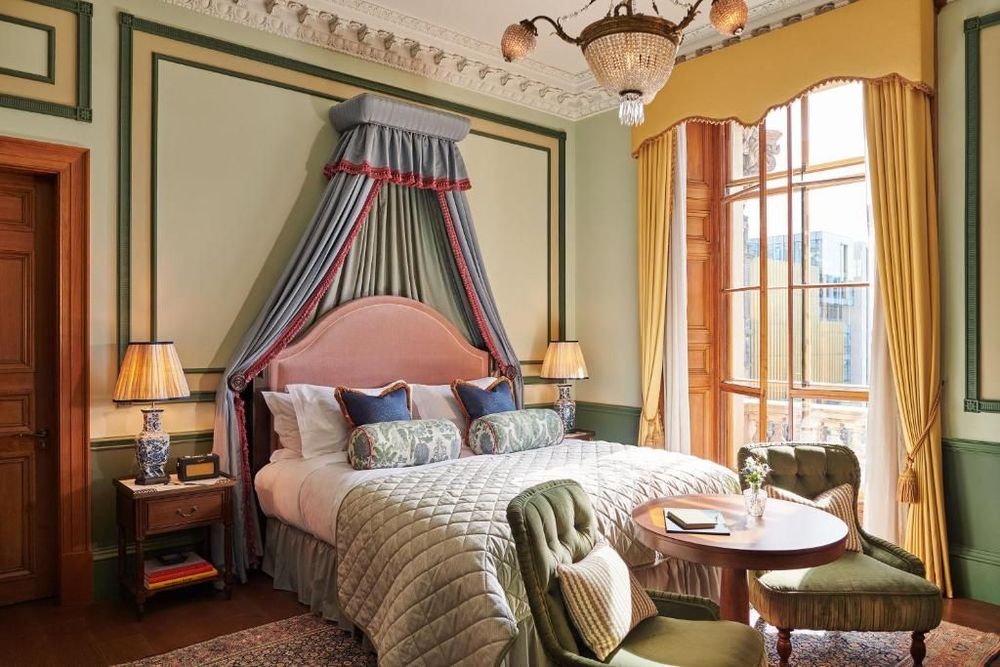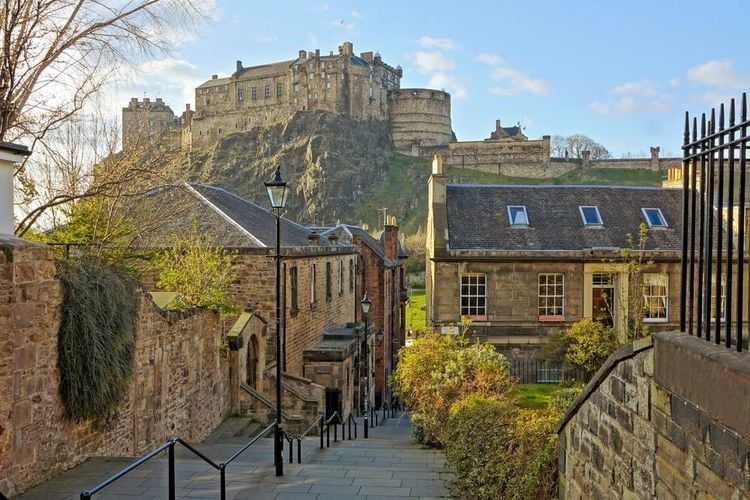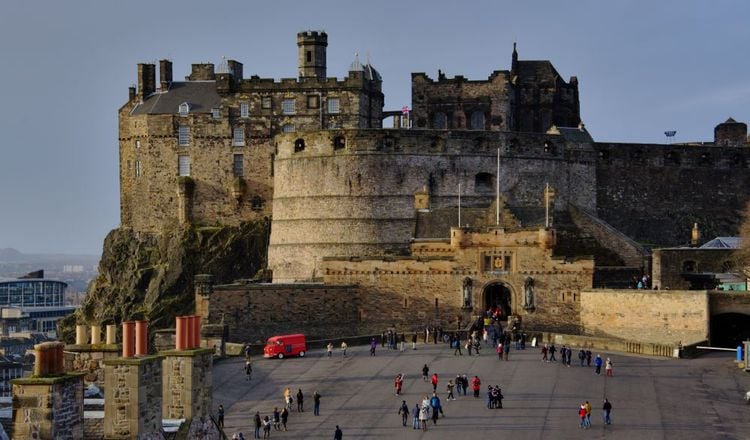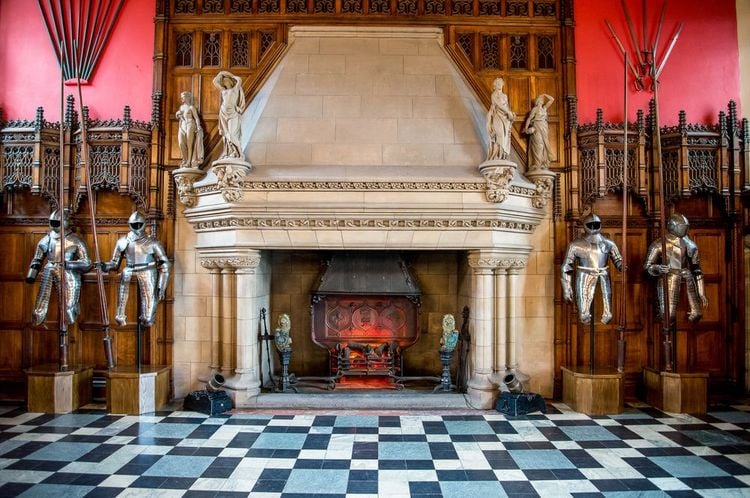Castle Rock, a volcanic crag, has been the site of human activity for over 3000 years, housing various Celtic tribes while a definite settlement can be traced all the way back to the early Middle Ages. It wasn’t until Malcolm III that the volcanic rock which overlooks the entire city that a castle was built at the top of it to serve as a royal residence with important strategic defences. The castle was a royal residence for Scottish monarchs until 1633, when Charles I stayed the night of his Scottish coronation. After the Reformation, the castle became a garrison while still retaining an important political function, until 1923 before being designated as a Scheduled Historic Monument in 1993.
 Scotland
Scotland








